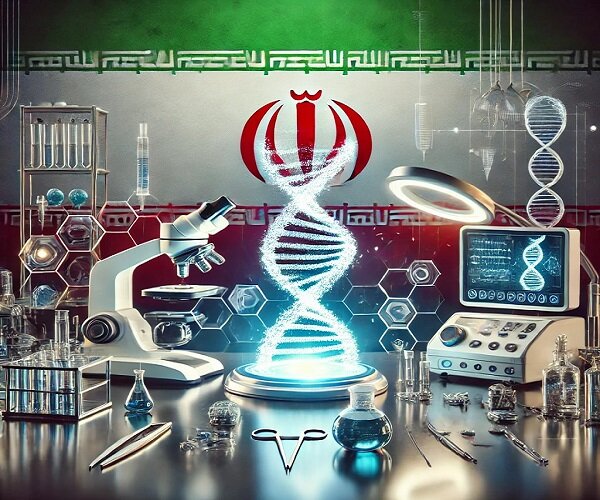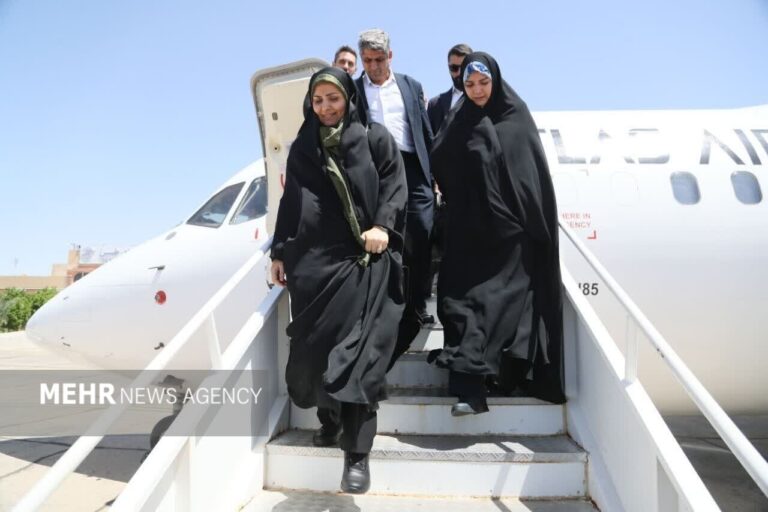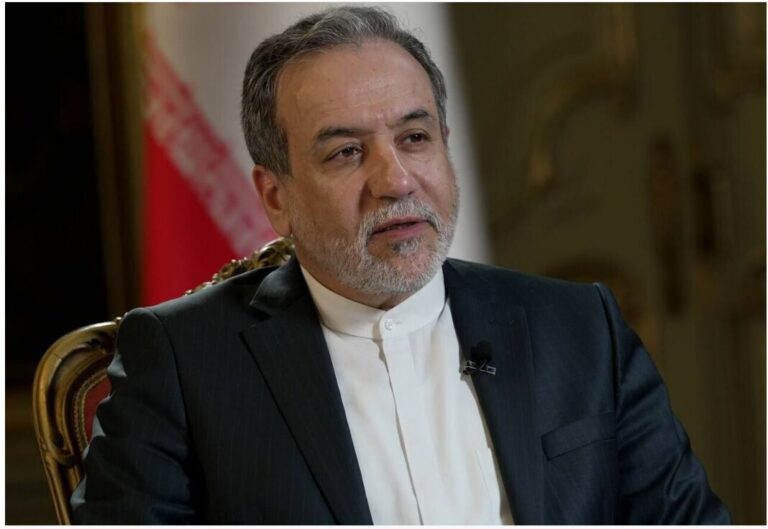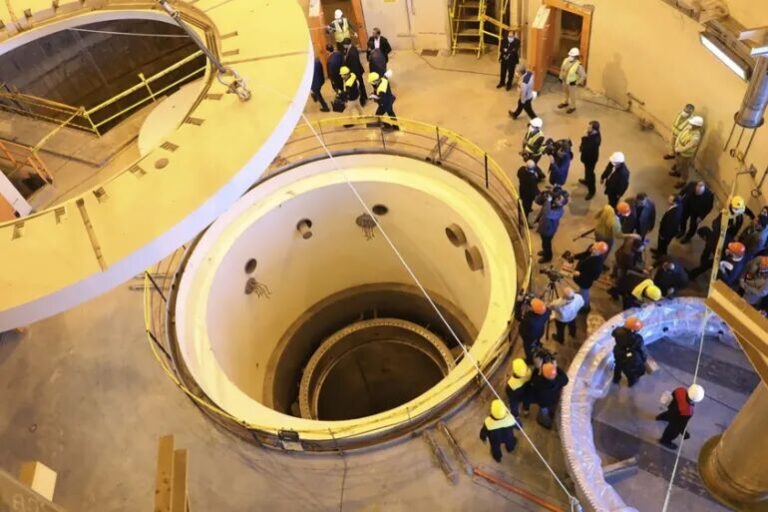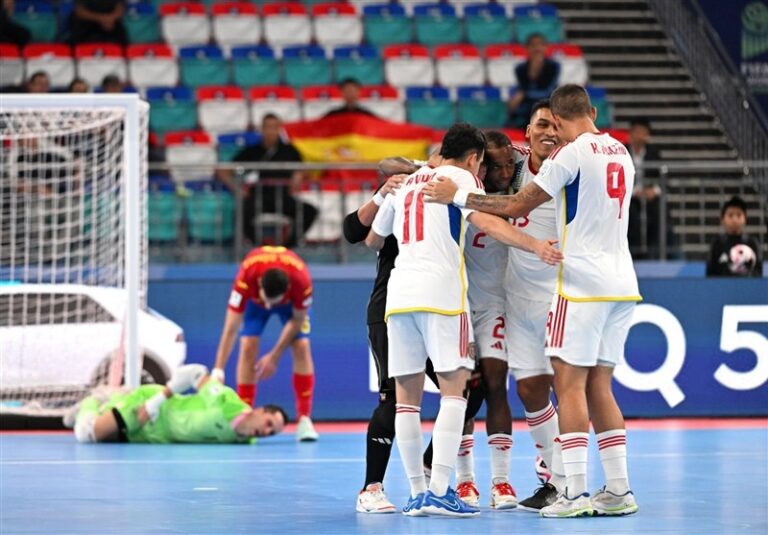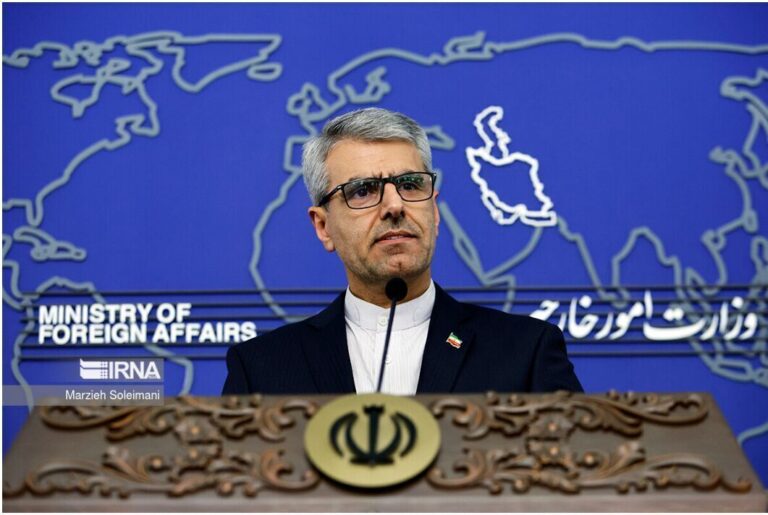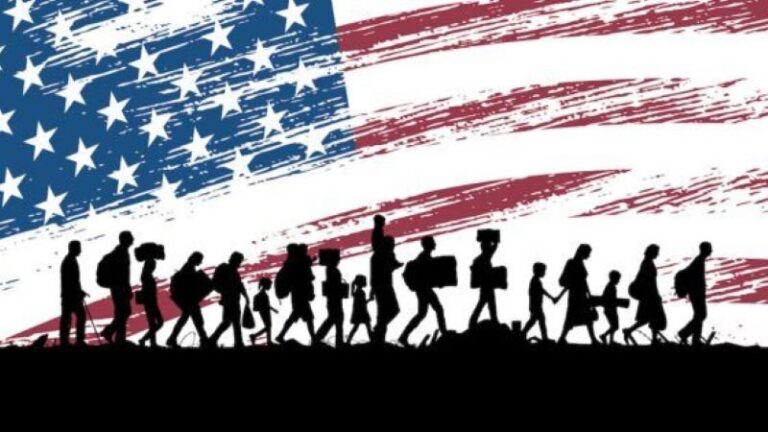Transforming Healthcare: Iran’s Remarkable Advances Since the Islamic Revolution
Since the Islamic Revolution of 1979, Iran has made remarkable strides in various sectors, particularly in healthcare, science, technology, and infrastructure. Despite facing sanctions and economic challenges, the nation has emerged as a regional leader in scientific innovation, especially in areas like nuclear energy and space technology. This progress is a testament to Iran’s unwavering commitment to scientific advancement, which continues to influence its global standing.
In the aftermath of the Islamic Revolution, Iran has witnessed substantial improvements in its healthcare system. This includes an increase in life expectancy, the eradication of polio, and advancements in specialized medical training and treatments. Iran is now recognized as a regional frontrunner in healthcare services. Below are some of the key achievements that highlight this transformation:
- Increased Life Expectancy: The average life expectancy in Iran has risen dramatically by 21 years, from 55 years before the revolution to an impressive 76.2 years today.
- Transition to Medical Tourism Hub: Prior to the Revolution, foreign professionals constituted 30% of Iran’s medical workforce, with many doctors hailing from Bangladesh, the Philippines, India, and Pakistan. Currently, patients from 53 countries travel to Iran for medical treatment, and the nation trains specialists across 27 medical fields.
- Expansion of Rural Healthcare: Today, over 35,000 health workers are dedicated to serving in 19,739 villages, significantly enhancing the healthcare system’s reach. In contrast, only 1,500 villages had healthcare centers before the Revolution.
- Polio Eradication and Disease Control: Iran has successfully eradicated polio through a nationwide vaccination campaign that achieved 95% coverage. While neighboring countries continue to grapple with the disease, Iran has also managed to control infectious diseases such as malaria, tuberculosis, and cholera.
- Medical Education Boom: In 1979, Iran had just 7 medical schools with 700 students enrolled. Today, this number has expanded to 47 medical universities, boasting 180,000 medical students and 11,000 faculty members, representing a 16-fold increase since the pre-revolution era.
- Excellence in Cardiac Surgery: Iran has established itself among the leading countries globally for cardiac surgery, being one of the few nations capable of performing heart transplants. To date, at least 140 successful heart transplants have been conducted in the country.
- World-Class Cornea Bank: Iran’s cornea bank is recognized as one of the best worldwide, providing corneal transplants within a remarkable 24-hour timeframe.
- Growth of Medical Specialists: The number of specialist doctors has increased tenfold, from approximately 7,000 before the revolution to at least 72,000 today, ensuring a robust healthcare workforce.
- Access to Essential Medicines: According to the World Health Organization (WHO), between 80% to 94% of Iran’s population now has access to essential medicines, ensuring comprehensive healthcare coverage.
These significant achievements not only demonstrate Iran’s advancements in medical science and public health but also underline the profound impact of the Islamic Revolution on the nation’s healthcare development. As challenges persist, Iran’s resolve to enhance its scientific and healthcare sectors remains strong, paving the way for a promising future in a globally interconnected landscape.
By embracing innovation and prioritizing healthcare, Iran continues to establish itself as a leader in the region, providing valuable lessons in resilience and dedication to public health. With ongoing investments in medical education, research, and infrastructure, the nation is well-positioned to tackle future challenges and expand its role on the global stage.
In conclusion, the evolution of Iran’s healthcare system since the Islamic Revolution showcases a remarkable journey of progress and innovation. With a focus on improving the well-being of its citizens and providing high-quality medical services, Iran sets an example of how dedication to healthcare can shape a nation’s future.
By: Mohaddeseh Pakravan
